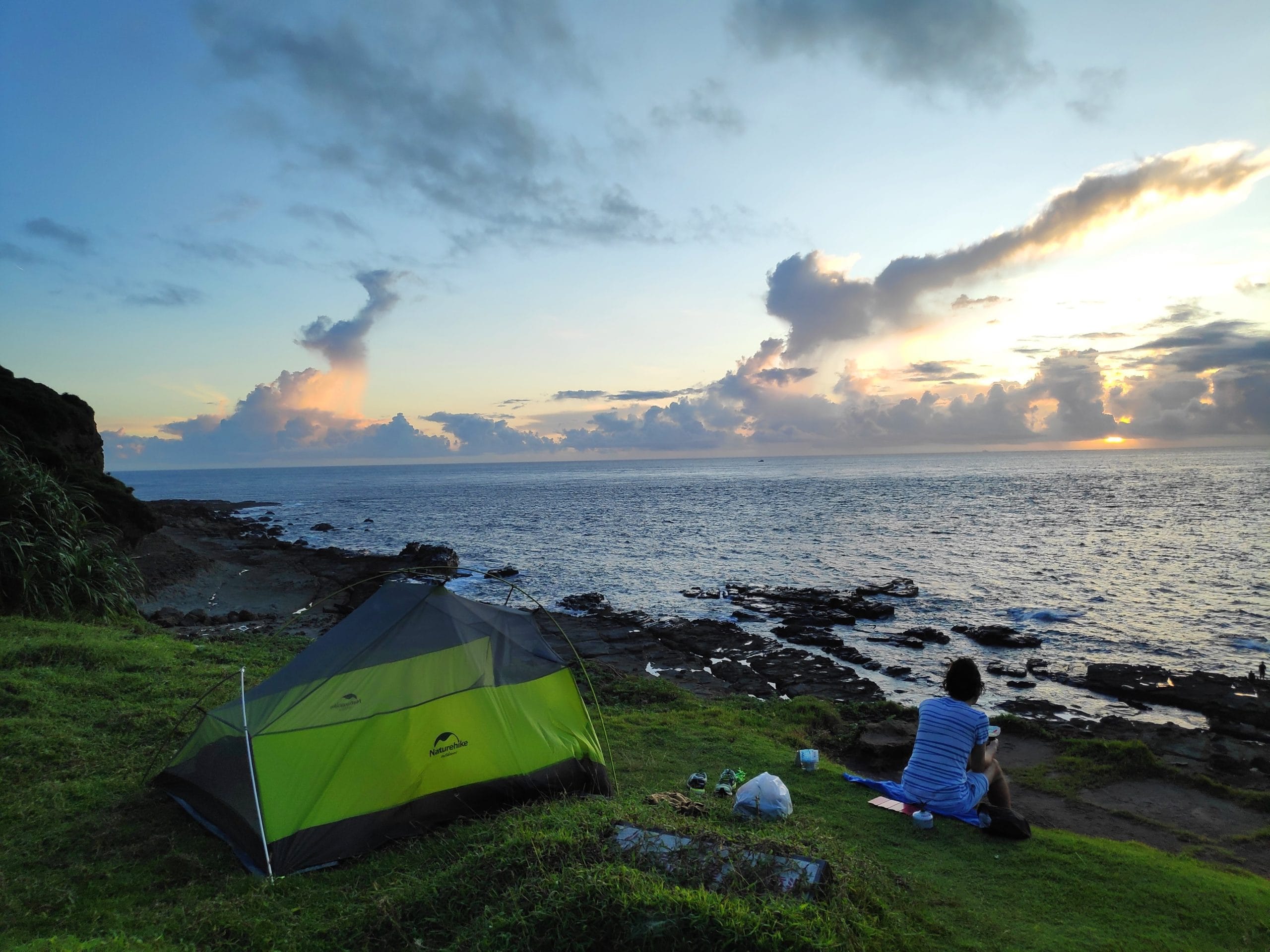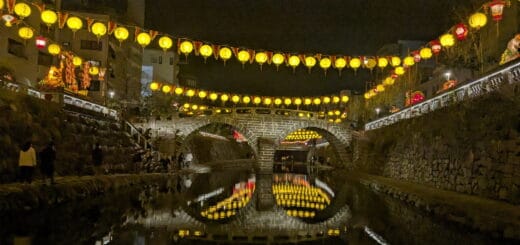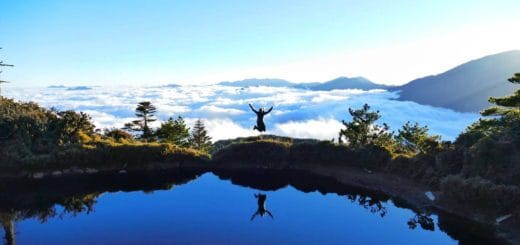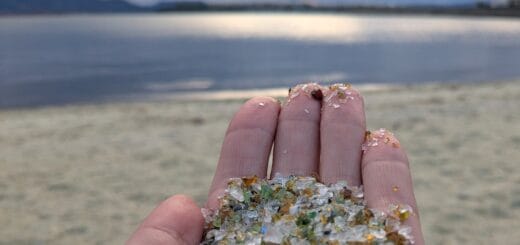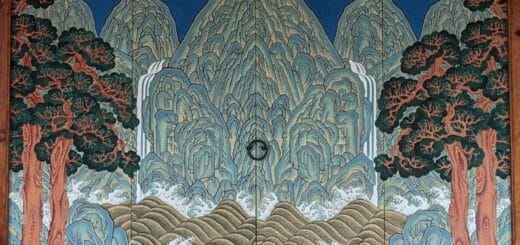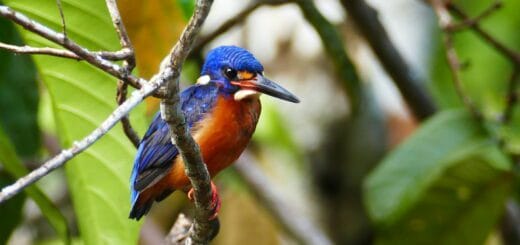How brewing sake can help reducing disaster risks and support biodiversity
Kashima City, located in Saga Prefecture on Kyushu, is one of Japan’s leading sake-producing regions. However, it’s not just known for its sake, but also for its tidal flats, rich ecosystems, and cultural heritage, which make it a unique destination to visit. Like many rural areas in Japan, Kashima faces challenges that come with depopulation and an aging society. Kashima City is committed to advancing the Sustainable Development Goals (SDGs), and an innovative project has emerged through the collaboration between multiple stakeholders. The project creates a unique sake that not only is appreciated for its rich flavour, but also contributes to environmental conservation. This sake is called ‘Green Infrastructure Sake’ and with the slogan “Why not drink and contribute to environmental conservation?”, who could resist? In this piece we will explain how drinking this new sake will help protect different natural landscapes and communities of Kashima city.
Kashima City
Kashima City is located in Northeast Kyushu along the Ariake Sea, and characterized by a hilly landscape with extensive rice terraces. Unfortunately, due to the aging agricultural population and a lack of successors, many of these rice fields have been abandoned. As a result, the land dries out, with rainwater flowing directly into rivers instead of being absorbed by the soil. Over time, these former paddies transform into forests, leading to a loss of wetland conditions. When rice terraces are left unmanaged, the land becomes more vulnerable to erosion, increasing the risk of disasters. For example, the city experienced severe rainfall disasters in 2020 and 2021, triggering landslides in mountainous areas. Soil and driftwood were washed into the village and the Ariake Sea, disrupting the delicate balance of tidal flats. These landslides highlight a growing issue, as traditionally farmed rice terraces not only provided food but also acted as natural buffers against flooding and landslides. Their wetland ecosystems supported diverse species, enhancing biodiversity and strengthening disaster resilience.

In 2015, part of the Ariake coast was designated as a Ramsar Convention wetland, marking a shift toward balancing environmental conservation with industrial activities. Since then, efforts have been made to promote projects that support both the natural environment and local industries. As one of these efforts, a framework has been developed to support businesses that generate positive environmental and economic impacts, know as the Kashima Model”. This framework recognises that simply encouraging businesses and residents to “do something good for the environment” was not enough, as many stakeholders indicated they lacked clear guidance on how to take action. Local decisionmakers saw the need for a new approach, as a government-led model alone would not drive lasting change. Instead, the Kashima Model empowers businesses, citizens, and local organizations to take the lead. By integrating support from regional financial institutions, NGOs, and community stakeholders, the model promotes sustainable, environmentally friendly businesses while strengthening the local economy.

Sake brewing to preserve rice terraces
Nevertheless, the amount of abandoned farmland is increasing year by year. Preserving the rice terraces is not just about depopulation and agriculture, but it’s also vital for protecting the town and its tidal flats as they can block debris flows and reduce damage downstream. Recognizing this, the local council sought solutions to sustain these terraces. Their approach? Elevating the value of rice terraces by producing and selling locally grown edible rice branded as ‘Ramsar Rice’, to support tidal flat conservation under the Ramsar framework and attracting new farmers. This initiative would aim to boost farmers’ profits, maintain demand for rice terrace cultivation, and prevent land abandonment. By sustaining these landscapes, the project creates a virtuous cycle; reducing disaster risks, supporting biodiversity, and strengthening Kashima’s resilience. The preserved rice terraces function as so called ‘green infrastructure’, naturally mitigating landslides and contributing to ecosystem-based disaster risk reduction (Eco-DRR).
However, when initial discussions took place between stakeholders, rice farmers revealed a major challenge; they couldn’t continue cultivation due to low prices and a lack of buyers. Seeking a solution, the council approached a local sake brewery, which saw an opportunity. “Sake rice is becoming harder to source these days,” the brewery noted. “If using table rice from the terraced fields can help protect Kashima’s environment, we’d be eager to give it a try”. Thus, two local sake breweries in Kashima took on the challenge of crafting sake using edible rice from the previously abandoned terraced fields.



Unlike traditional sake rice, table rice is more prone to off-flavours, presenting a technical hurdle. However, through extensive trial and error, each brewery developed a sake that highlights its unique brewing style. Their goal is not only to create a high-quality product but also to boost demand for local rice and encourage younger generations to engage in farming. Since April 2022, these special sakes have been available at Baba Sake Brewery and Yano Sake Brewery in Kashima.
Since the project has been initiated three years ago, the revived rice paddies act as water reservoirs, helping to maintain groundwater levels and regulate water flow. The restored rice fields contribute to broader landscape connectivity, linking wetlands, forests, and other habitats and provide breeding grounds for amphibians and waterfowl, while the surrounding vegetation offers shelter for small mammals and insects. This project is not without its challenges. With the decline in sake rice production in recent years, the initiative aimed to use locally sourced edible rice instead, ensuring a stable supply at a consistent price. Yet, the recent sharp rise in rice prices has made it increasingly difficult to sustain this model. While there is a strong commitment to preserving and revitalizing the local landscape, the economic realities of running a business raises concerns about the project’s viability in the next years.



Japan faces significant challenges related to an aging and declining population, prompting the government to support local entrepreneurs in revitalizing rural areas and attracting more visitors. This case study highlights the importance of multi-stakeholder collaboration in addressing challenges and developing innovative solutions. A current study is exploring key motivators that encourage people to engage in revitalizing abandoned rice fields and even relocate to rural areas. As sustainable practices and eco-tourism gain momentum in rural areas of Japan, new ideas are developed through intergenerational and multi-stakeholder collaboration. This offers a hopeful perspective, that through translocal learning and collaboration, new ideas and best practices are shared across regions, and initiatives like this can receive the support needed to thrive.
With over-tourism becoming a growing issue in central regions like Kyoto, Tokyo, and Mt. Fuji, exploring lesser-known destinations offers a chance to experience authentic Japan while contributing to sustainable development. We hope this inspires you to reflect on how land is used in your own surroundings and, if you plan to visit Japan, to seek out destinations that support eco-tourism and community-led conservation efforts in less touristy areas. And even if you’re not a sake enthusiast, you can still enjoy locally grown ‘Ramsar rice’, helping to protect the Hizen Kashima Tidal Flats with every bite!
This article is written and part of a research project of Dr. Viola van Onselen (Postdoctoral researcher in Ecosystem-based Disaster Riks Reduction- at Nagasaki University) and Dr. Masahiko Ota (Associate Professor of natural resource management- at Nagasaki University). Feel free to contact us for any questions or more information.
Viola van Onselen (violavanonselen@gmail.com)
Masahiko Ota (masahikoota@nagasaki-u.ac.jp)



